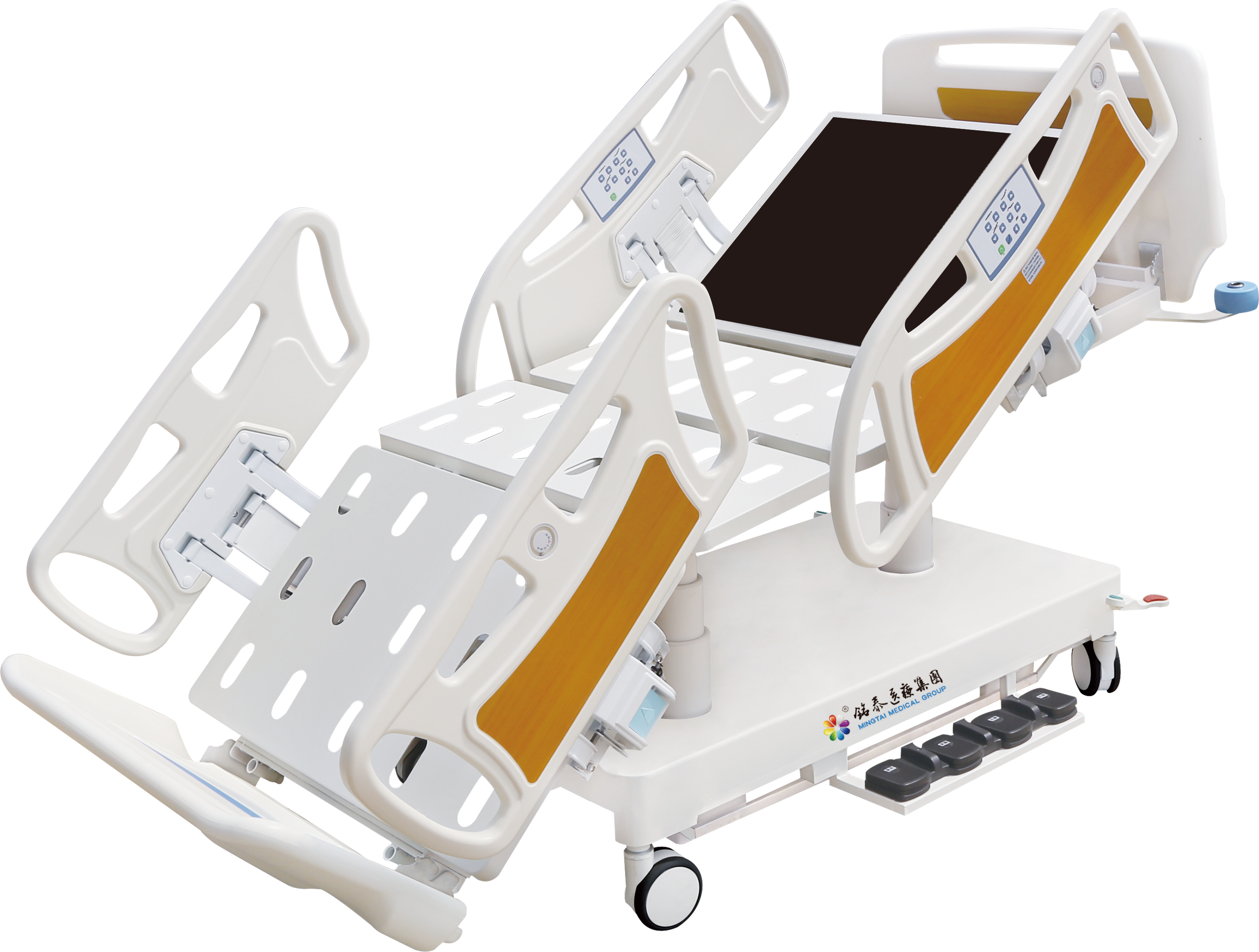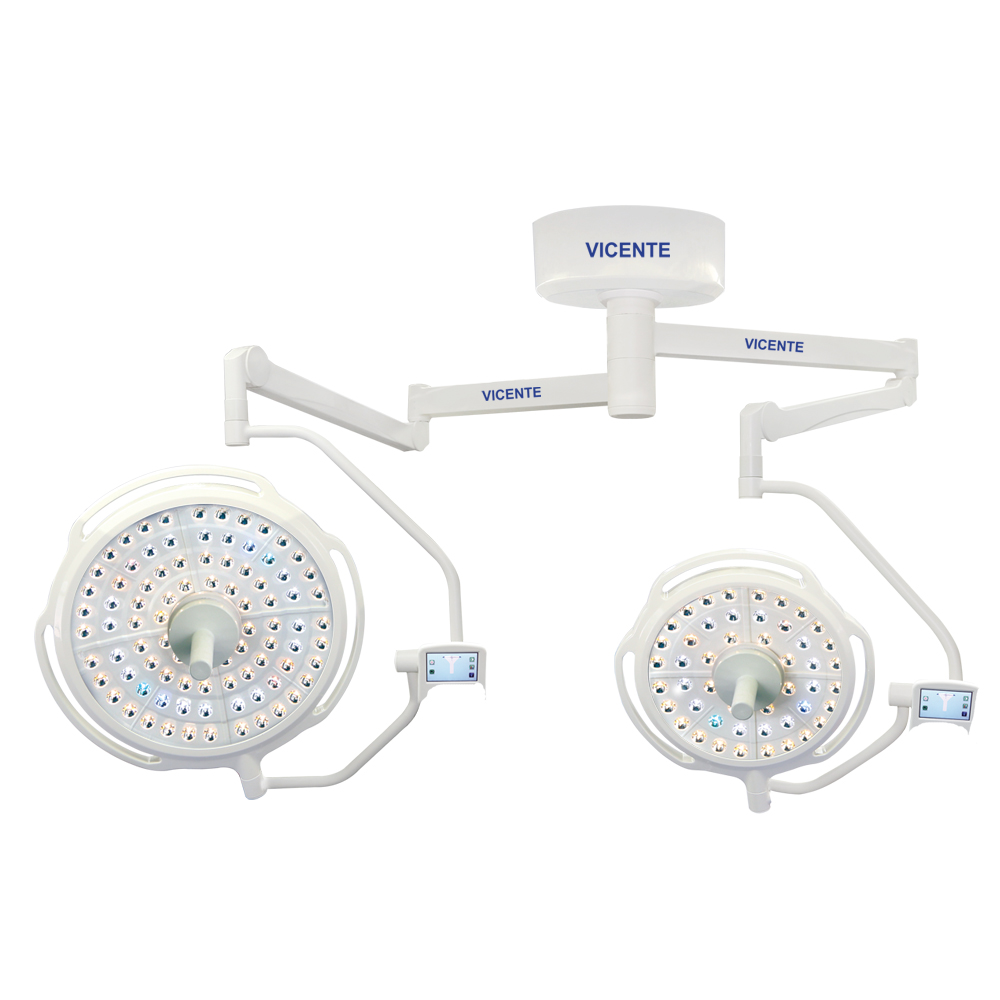- Home
- Products
- Surgery Table
- Surgery Lamp
- Gynecology Operating Table
- Electric Hospital Bed
- Medical Pendant
- C-Arm Machine
- Ward Nursing Equipment
- MT-BS071 File Cabinet
- MINGTAI MT-75001 Mobile Anesthesia Cart
- ZZ7 Hospital stretcher
- Mobile protective screens
- Transfer Stretcher Z6 (Luxury Hydraulic)
- Mobile Dining Table
- GKS1
- XS3 Pediatric Bed
- D12 Medical Equipment Arm
- X7 Triple Screen X Ray Film View Lamp
- MINGTAI S2 Manual Hospital Bed
- Type II Stainless Steel Cart
- MINGTAI S2000 Manual Hospital Bed
- Medical Lead Screen
- RT5 Manual Pediatric Bed
- Medical Electronic Equipment
- MINGTAI MTBC-50A High Frequency Electrosurgical Unit
- MINGTAI MTBI-802 Infusion Pump
- MINGTAI MTBIN-3000B Infant Incubator
- MINGTAI MTBYZ-810 Syringe Pump
- MINGTAI MTDW-580 Full-Digital Laptop Ultrasound Machine
- MINGTAI MTJINLING 01B Anesthesia Machine
- MINGTAI MTSNP9000L Patient Monitor
- MINGTAI MTZA-208Q8 Dental Unit
- MINGTAI Ultraviolet Plasma Wall-Mounted Air Sterilizer
- Case
- Services
- News
- About Us
✖
- Home
- Products
- Surgery Table
- Surgery Lamp
- Gynecology Operating Table
- Electric Hospital Bed
- Medical Pendant
- C-Arm Machine
- Ward Nursing Equipment
- MT-BS071 File Cabinet
- MINGTAI MT-75001 Mobile Anesthesia Cart
- ZZ7 Hospital stretcher
- Mobile protective screens
- Transfer Stretcher Z6 (Luxury Hydraulic)
- Mobile Dining Table
- GKS1
- XS3 Pediatric Bed
- D12 Medical Equipment Arm
- X7 Triple Screen X Ray Film View Lamp
- MINGTAI S2 Manual Hospital Bed
- Type II Stainless Steel Cart
- MINGTAI S2000 Manual Hospital Bed
- Medical Lead Screen
- RT5 Manual Pediatric Bed
- Medical Electronic Equipment
- MINGTAI MTBC-50A High Frequency Electrosurgical Unit
- MINGTAI MTBI-802 Infusion Pump
- MINGTAI MTBIN-3000B Infant Incubator
- MINGTAI MTBYZ-810 Syringe Pump
- MINGTAI MTDW-580 Full-Digital Laptop Ultrasound Machine
- MINGTAI MTJINLING 01B Anesthesia Machine
- MINGTAI MTSNP9000L Patient Monitor
- MINGTAI MTZA-208Q8 Dental Unit
- MINGTAI Ultraviolet Plasma Wall-Mounted Air Sterilizer
- Case
- Services
- News
- About Us








 Email:
Email: Whatsapp:+86-19006477273
Whatsapp:+86-19006477273 Address:No. 8 Yangchun Road, Qufu Industrial Park, Jining, Shandong Province, China
Address:No. 8 Yangchun Road, Qufu Industrial Park, Jining, Shandong Province, China